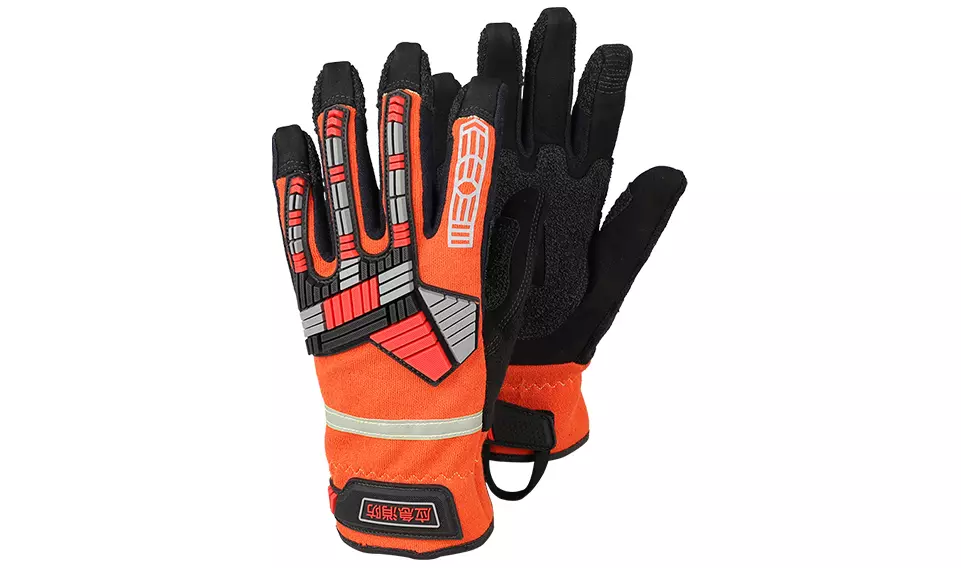
How to choose the material of firefighting gloves
When choosing the material of firefighting gloves, multiple factors need to be considered comprehensively, including the gloves' fire resistance, high temperature resistance, wear resistance, tear resistance, chemical protection, and wearing comfort and flexibility. Here are some key selection points:
1. Fire resistance and high temperature resistanceFlame resistant materials: such as flame resistant fibers (such as high temperature resistant polyester fibers, polyamide fibers, etc.), aramid fibers, etc., these materials can effectively prevent the spread of flames and protect the hands from high temperature damage.
High temperature resistant materials: such as carbon fiber, asbestos, glass fiber, etc., these materials can maintain stability at extremely high temperatures and provide long-term protection for firefighters.
2. Wear and tear resistanceAbrasion-resistant materials: such as synthetic rubber, high-strength fibers, etc., these materials can resist the wear of sharp objects or rough surfaces that may be encountered during the rescue process, and extend the service life of the gloves.
Tear-resistant structure: Choose gloves with a reinforcement layer or a special woven structure to improve their tear resistance.
3. Chemical protection performanceChemical protection materials: In fire or rescue scenarios involving chemicals, gloves with excellent chemical corrosion resistance should be selected, such as certain special synthetic rubber or plastic materials.
4. Comfort and flexibilityErgonomic design: Gloves should conform to ergonomic principles to ensure comfortable wearing and not affect the firefighters' flexible operation of tools and equipment. The finger part should have high softness and flexibility to facilitate fine operation.
Breathability: Choose materials with good breathability to reduce hand sweating and discomfort.
5. Other considerationsAnti-slip performance: Anti-slip performance is particularly important when working in slippery or greasy environments. Materials such as synthetic rubber usually have good anti-slip performance.
Brand and quality: Choosing firefighting gloves from well-known brands can ensure the quality and performance of the gloves. At the same time, pay attention to the workmanship and details of the gloves to ensure that there are no defects and safety hazards.
Comprehensive recommendationBased on the above considerations, the following are some common firefighting gloves materials and their characteristics:
Flame-resistant fiber gloves: such as high-temperature resistant polyester fiber, polyamide fiber, etc., suitable for general firefighting tasks, with good fireproof and high-temperature resistance.
Aramid fiber gloves: have extremely high heat resistance and flame retardancy, and have good wear resistance, suitable for long-term work in high-temperature environments.
Carbon fiber gloves: have extremely high temperature resistance and wear resistance, suitable for use in extreme high temperature environments.
Synthetic rubber gloves: provide good high temperature resistance and anti-slip performance, and have good wear resistance.
The final choice should be determined according to the specific working environment and needs. When purchasing, it is recommended to consult professionals or refer to relevant standards (such as XF7-2004 firefighting gloves standard) for more accurate guidance.












